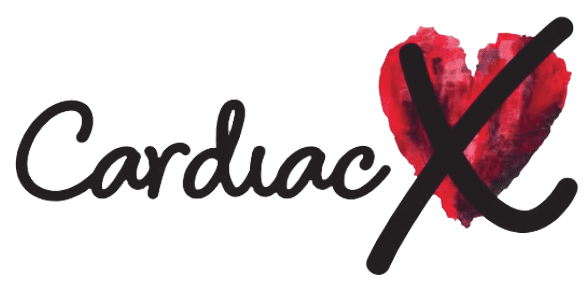
A heart attack, also known as a myocardial infarction¹, is a serious medical condition that occurs when the blood flow to the heart muscle is blocked. This blockage is usually caused by a build up of plaque in the coronary arteries², which are responsible for supplying oxygen-rich blood to the heart. When the blood flow is restricted or completely cut off, the heart muscle becomes deprived of oxygen and begins to die. Do not be fooled however. A heart attack is not the same as sudden cardiac arrest. Learn about the difference here³.
What are the main causes of a heart attack?
The most common cause of a heart attack is coronary artery disease (CAD)⁴. CAD occurs when the coronary arteries become narrowed or blocked due to the build up of cholesterol, fat, and other substances. This build up, known as plaque, can rupture and form a blood clot, which can further block the blood flow to the heart. Read more about CAD and other heart diseases here⁵.
Other causes of heart attacks include:
- Smoking
- High blood pressure
- High cholesterol levels
- Diabetes
- Obesity
- Sedentary lifestyle
- Family history of heart disease
What are the symptoms of a heart attack?
The symptoms of a heart attack can vary from person to person, but the most common ones include:
- Chest pain or discomfort, which may feel like pressure, tightness, or squeezing
- Shortness of breath
- Pain or discomfort in the jaw, neck, back, arms, or stomach
- Nausea, indigestion, or heartburn
- Light-headedness or fainting
- Cold sweat
It's important to note that not everyone experiences the same symptoms, and some individuals may not have any symptoms at all. This is known as a silent heart attack⁶ and is more common in older adults and individuals with diabetes.
How can heart attacks be prevented?
While certain risk factors for heart attacks, such as age and family history, cannot be changed, there are several lifestyle modifications that can significantly reduce the risk:
- Quit smoking and avoid secondhand smoke
- Maintain a healthy weight
- Adopt a balanced diet rich in fruits, vegetables, whole grains, and lean proteins
- Engage in regular physical activity, aiming for at least 150 minutes of moderate-intensity exercise per week
- Manage stress levels through relaxation techniques, such as meditation or yoga
- Control blood pressure and cholesterol levels through medication, if necessary
- Limit alcohol consumption
Regular check-ups with a healthcare professional are also crucial for early detection and management of any underlying conditions that may increase the risk of a heart attack.
Remember, knowledge is power when it comes to heart health. Understanding the causes, symptoms, and prevention strategies for heart attacks can empower individuals to make informed decisions and take proactive steps towards a heart-healthy lifestyle.
References:
1. Myocardial Infarction | National Library of Medicine
2. Anatomy and Function of the Coronary Arteries | Johns Hopkins Medicine
3. What is the difference between sudden cardiac arrest and a heart attack? | Cardiac X
4. Coronary artery disease | Mayo Clinic
5. What are the different types of heart disease? | Cardiac X
6. Silent heart attack: What are the risks? | Mayo Clinic

